The meteorological drought, which began throughout the territory in November 2021, “continues and worsened on January 25th” in the mainland, reveals the Portuguese Institute of the Sea and the Atmosphere (IPMA).
In relation to December, there was "a significant increase in the area and in the intensity of the drought situation, with the entire territory in drought", with 1% in mild drought, 54% in moderate drought, 34% in severe drought and 11% in extreme drought.
According to the IPMA, the degree of severity of the meteorological drought is "slightly lower, compared to the situation at the end of January 2005 (the most intense drought since 2000), when the entire territory was also in a meteorological drought, but with a higher percentage in the severe and extreme drought classes (22% in extreme drought, 53% in severe drought and 25% in moderate drought)».
With regard to the evolution of the meteorological situation, the IPMA points out that, «since the beginning of the current hydrological year (October 2021) rainfall values below the normal value (1971-2000) have been recorded in the territory, with emphasis on the November and January (until the 25th) are very dry'.
The total precipitation values between the 1st and the 25th of January are «much lower than normal, with percentages below 25% of the average value».
The IPMA even emphasizes that the current month, “taking into account the forecasts for short-term rainfall, should be among the three driest January in the last 20 years”.
Considering the hydrological year, from October 1st to January 25th, the accumulated value of precipitation presents a deficit of -255 mm (45% in relation to the normal value).
The soil water percentage index (SMI) shows a significant decrease in relation to the end of December throughout the territory, with values below 20% in the Northeast and South regions, and in many places of these regions, the permanent wilting point has already been reached.
The permanent wilting point (θce) is the maximum value of the volume of moisture in a soil that is no longer usable by plants (amount of water in the plant root zone from which the plant cannot recover turgidity) .
In a preview of the meteorological situation, the IPMA says that “significant precipitation is not expected until the 3rd of February”.
Regarding the air temperature, it shows a slight tendency to rise from the 31st of January.
According to the medium and long-term forecast, the interpretation of the Multisistema-C3S forecasts and the model from the European Center for Medium-Term Forecasting, shows a tendency for, during the month of February, the total accumulated precipitation to be lower than normal in practically the entire territory.
The IPMA points out, however, that medium and long-term meteorological forecasts «assume a probabilistic character, and therefore cannot be admitted with a high degree of deterministic rigor and must be continuously reviewed».
However, according to weather forecasts, it will be “very likely that the weather drought situation will worsen at the end of February, across the entire continent”.
The IPMA explains that, for the drought situation to decrease significantly or even to cease in February, "it would be necessary that, in the North and Center regions, there were amounts of precipitation greater than 200/250 mm and, in the South region, greater than 150 mm, a situation that only occurs in 20% of the years».
IPMA informs that it will continue to monitor the meteorological drought situation and will inform whenever there are significant anomalies.
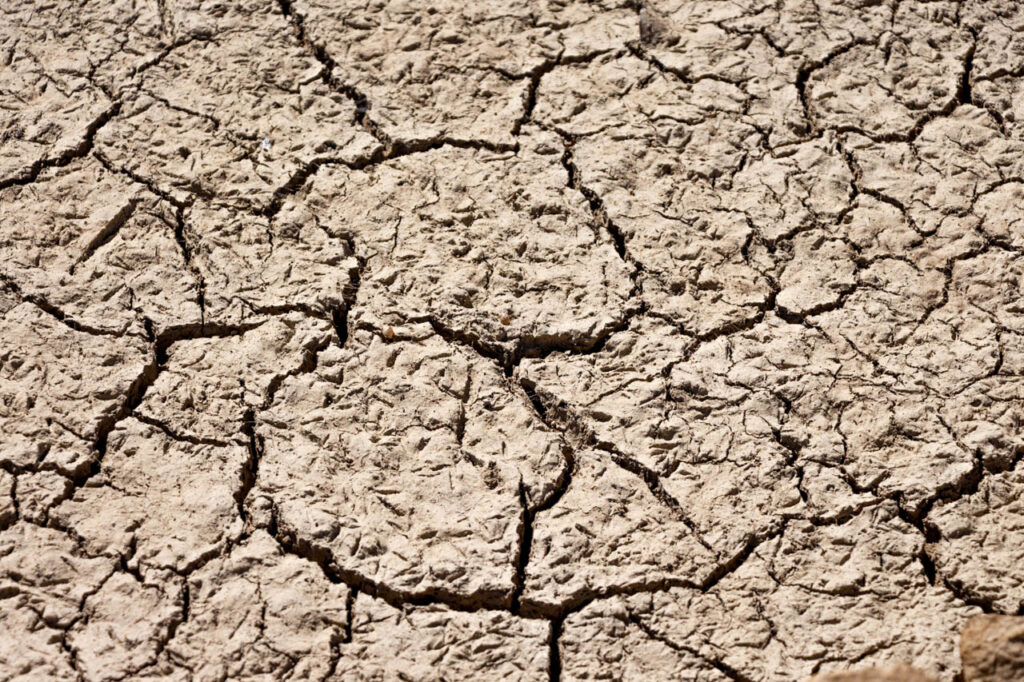
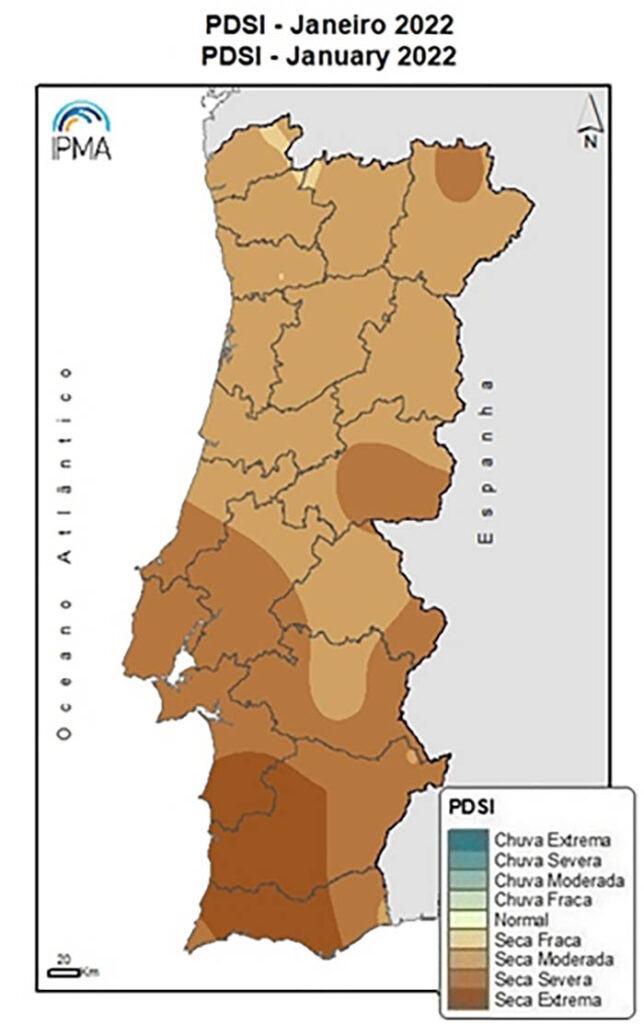
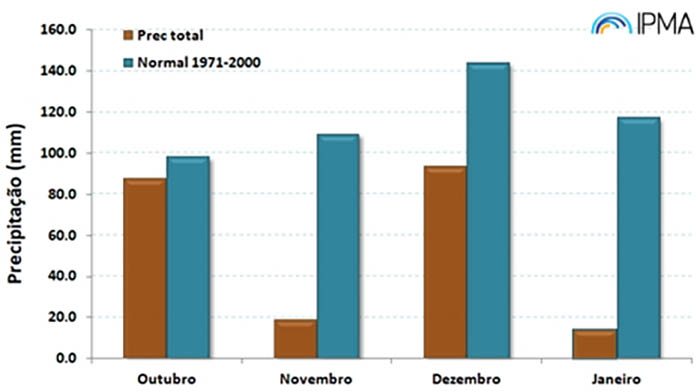
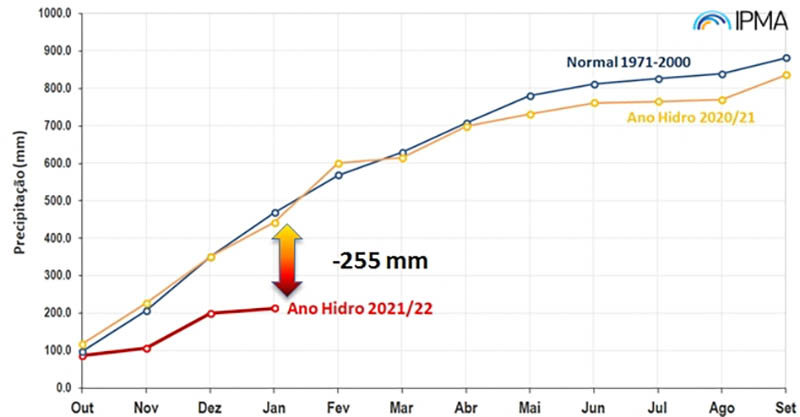
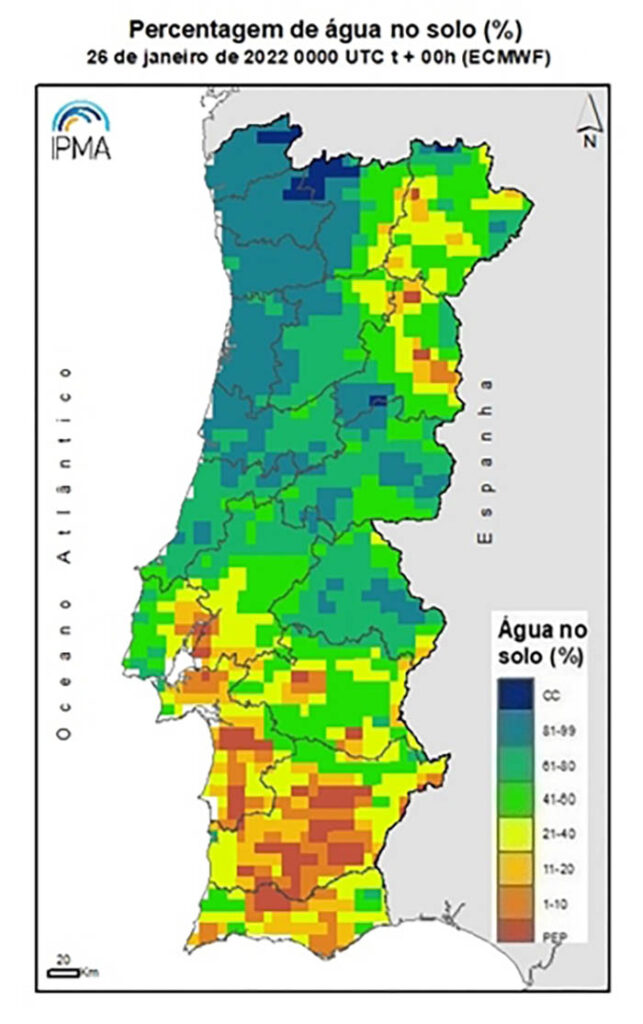



















Comments